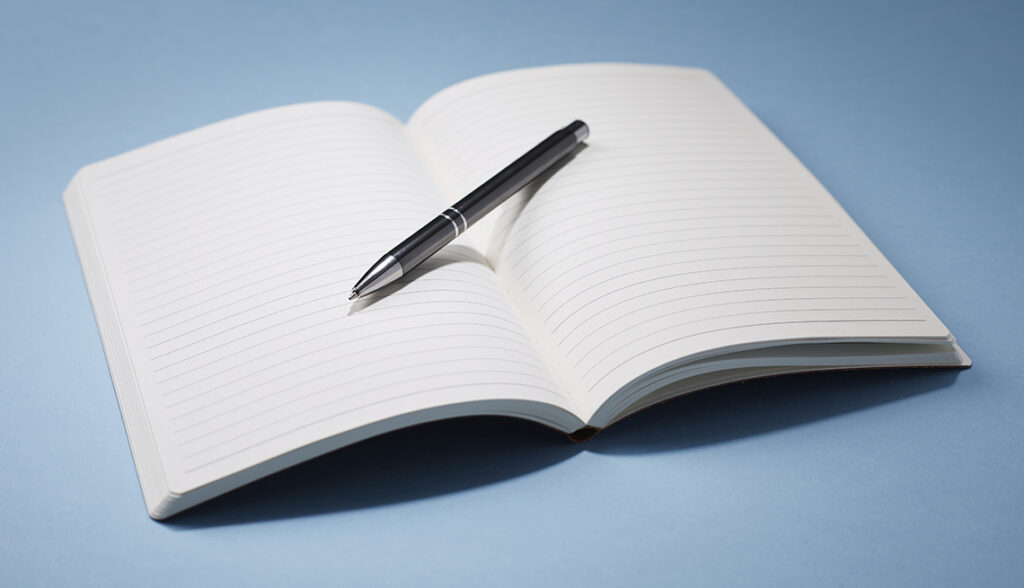How to Bullet Journal in 7 Easy Steps

Between digital calendars and email reminders, keeping track of your to-do list in the internet era can quickly turn into a task of its own.
Enter “bullet journaling,” an analog note-taking system designed to help you get through the day (and plan for the months ahead) using nothing more than a notebook and the pen of your choice.
Developed by the digital product designer Ryder Carroll, bullet journaling has exploded in popularity as a powerful tool for organization and self-reflection. The system prompted a flurry of how-to guides (including Carroll’s best-selling guide, The Bullet Journal Method), media coverage and millions of #bulletjournal social media posts.
Unlike traditional planners, which come with fixed layouts for the month or days of the week, Carroll’s system is all about customizing the notebook of your choice to create a flexible, personalized guidebook: Think an all-in-one calendar, to-do list and free space to record your thoughts or track everything from the week’s groceries to your travel bucket list.
Here’s a step-by-step guide to getting started.
1. Stock up on supplies.
To start mastering the “BuJo” basics, all you need is a notebook, pen and patience. Any notebook with blank or gridded pages — a sketchbook, your trusty Filofax or the specially designed Bullet Journal from German brand Leuchtturm1917 — can be used.
While super artistic page designs (the kind that feature vibrant color schemes and expert calligraphy) tend to attract attention on social media, Carroll says the method is designed to be a flexible “foundation” for whatever style people prefer, whether minimal or artistic.
2. Learn the notation.
Before you start jotting things down, get familiar with an updated set of bullet points for easy task management. Carroll’s three main symbols are a bullet point (•) for tasks, an open bullet (°) for events and a dash (—) for notes. You’ll use these symbols for the building blocks of your journal, called “logs” — more on those below.
To see more tips for starting a bullet journal, from AARP, CLICK HERE.
